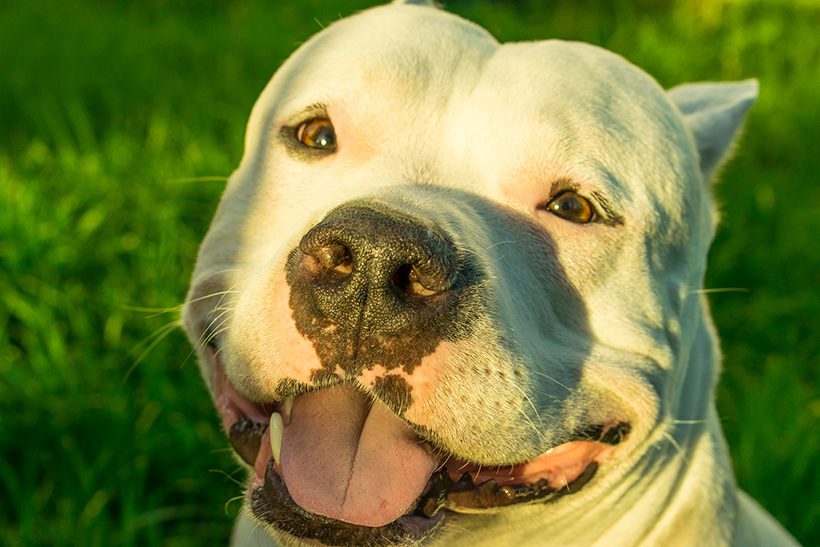A program that started at the University of Cincinnati now involves several other schools. It helps future audiologists learn by having them work with deaf dogs. The Facility for Education and Testing of Canine Hearing and Laboratory for Animal Bioacoustics, or FETCHLAB, now studies other animals as well, but dogs are how it got its start, and they remain the focus.
What is FETCHLAB?
In 2007, Dr. Pete Scheifele started teaching at the University of Cincinnati, and he brought along his dog Otter. Otter had started losing his hearing when he turned 14. Dr. Scheifele had already begun FETCHLAB and decided to test hearing aids for dogs. Otter was an excellent patient, wearing his hearing aids for three years and even making appearances on “The David Letterman Show” and the Animal Planet channel. The abilities Otter showed with his hearing aids led to more dogs getting fitted for hearing aids and the testing of hundreds more for hearing loss.
The people at FETCHLAB are now considered experts when it comes to canine audiology, and they have teamed with the U.S. Air Force and the Department of Defense as audiology consultants. Given their success, researchers at FETCHLAB decided to take the next step and start offering classes and certificates in animal audiology. While some of these students may choose to continue working with dogs, many others will move on and work with human patients.
What Are FETCHLAB Students Learning?
Practicing audiologists, veterinarians and audiology students at FETCHLAB learn how canine hearing works, and how it is both similar to and different than human hearing. By working with dogs, they learn how to give and interpret various audiology tests. This work helps them learn how to understand results and make diagnostic decisions that lead to a course of treatment. They can see firsthand how helpful hearing aids are. When they observe dogs, they see how dogs can adapt and change their behavior when they can hear better.
Similarities Between Canine and Human Hearing
While the structure of the ears is different between dogs and humans, we have a lot in common when it comes to hearing loss. Like people, dogs also tend to lose their hearing as they age, and 80 breeds of dogs have a genetic disposition toward hearing problems. Dogs, like people, too suffer hearing loss due to thunderous sounds or prolonged exposure to noise. By studying dogs, FETCHLAB students gain a better understanding of how hearing loss works and how to diagnose issues even with patients that can’t talk to them.
The Future
One of the most exciting things about FETCHLAB’S work is that it bridges the gap between veterinary science and audiology. By working and learning together, these future doctors can bring a unique perspective to issues surrounding hearing loss. For example, we already have service dogs that are specially trained to alert people with hearing loss when the doorbell rings, a fire alarm goes off, and when they hear other sounds. Imagine now our future audiologists already trained to work with both these dogs and with the people who need them.
It is also not unusual for breakthroughs in audiology to come from the study of animals. Researchers are working, for example, on using spider webs as a model for replacing damaged cilia in the inner ears of people who suffer from hearing loss due to damage to these critical nerve cells. Other researchers are studying how bats retain their hearing as they age, and trying to ascertain how to use this knowledge to help humans. It is indeed not beyond the realm of possibility that the people at FETCHLAB will learn something by working with dogs that can translate into helping people who experience hearing loss.


